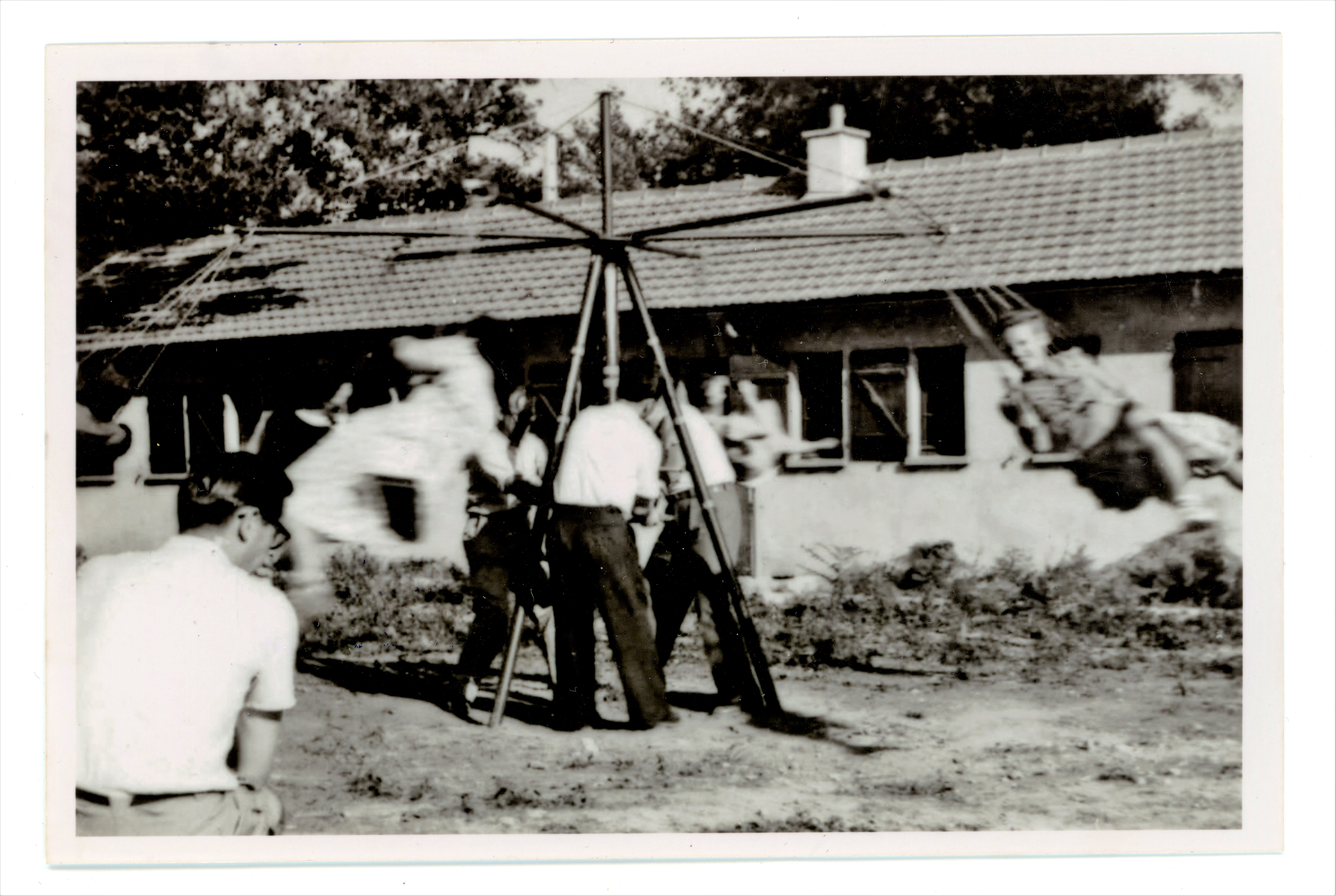
On December 3 and 4, 1946, a group of 38 engineers led by Markus von Kienlin left Maybach Motorenbau, which was destroyed in the Second World War, behind them to set off for Vernon in France. They could not possibly predict what the future would hold for them. The members of „Group M,“ as the Maybach employees in Vernon called themselves at the time, hoped to put the traumatic experiences of war and destruction behind them. The men were unexpectedly offered a rare opportunity to make a living for themselves and their families amidst the turmoil of the post-war period, a time of great social and economic hardship. Karl Maybach’s declared aim at the time was to ensure the entrepreneurial survival and complete dismantling of Maybach Motorenbau GmbH — and thus, tantamount to laying the foundations for the Maybach employees in Friedrichshafen to rebuild Maybach Motorenbau GmbH and likewise the town of Friedrichshafen.
The Wilhelm and Karl Maybach Foundation, in coöperation with the Karl Maybach Gymnasium and the ‚Freundeskreis Maybach Museum e.V.’, is dedicating an exhibition to this topic that is extraordinary in several respects. The starting point of the exhibition is a black and white photograph of a carousel, taken in Vernon in the summer of 1947 — see photo. The photograph impressively documents the ambivalent state of mind of European post-war society. The people, all war survivors, find themselves in a constant interplay between a rediscovered joy of life turned towards the future and the constant flickering of the traumatic images of their war-memories from the past. The carousel is emblematic of the living environment and everyday life in the years after 1945 and tells of the ups and downs of life for the people of the so-called “Stunde Null” (zero hour).
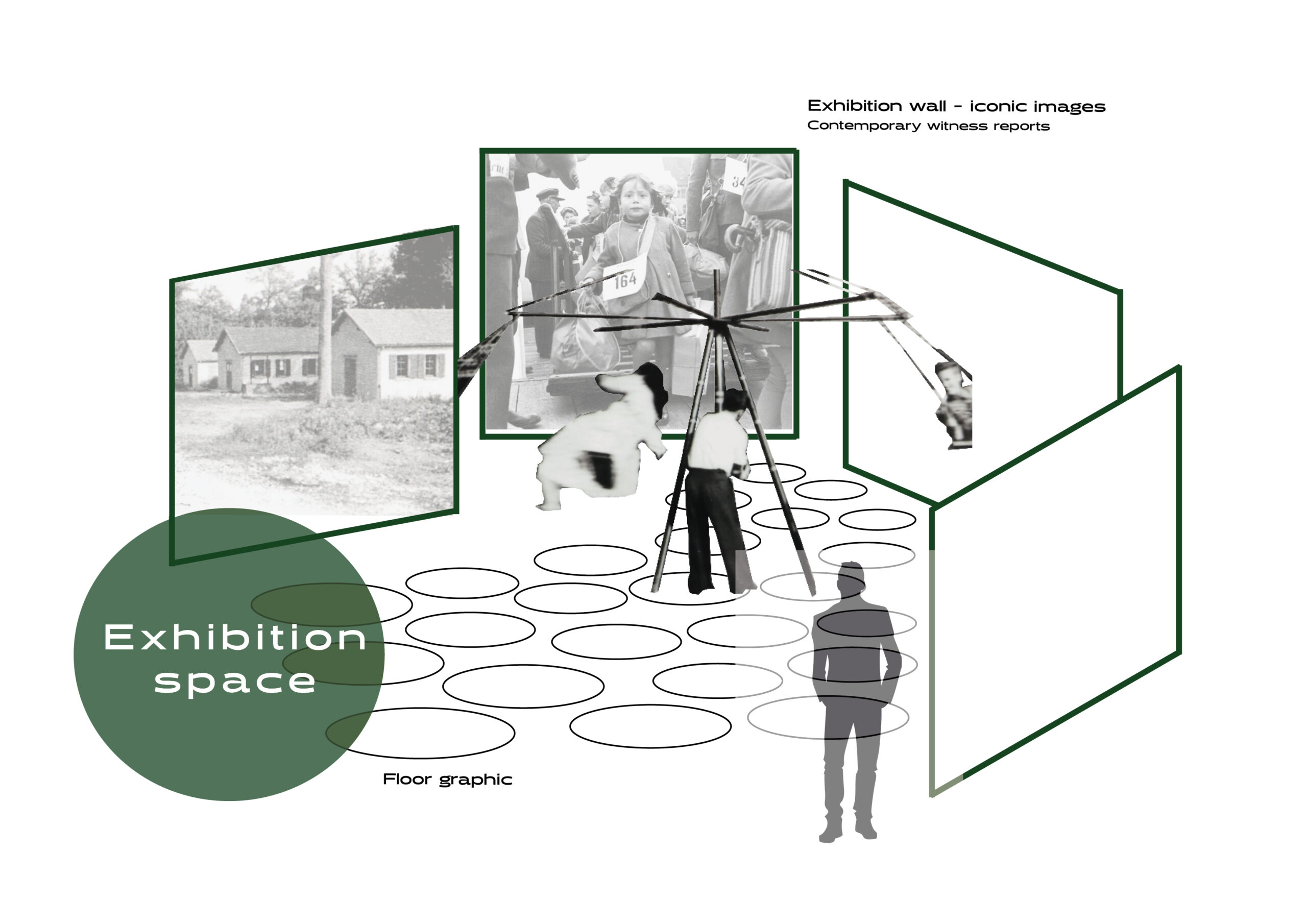 The exhibition installation „Carousel — Vernon I Gruppe M I 1946 – 1952“ (working title) will attempt to convey the emotional and spiritual world of post-war society described here. To this end, the exhibition format largely abandons the usual museum approaches and classic presentation habits in favor of a direct, physical experience of historical events. Three information levels approach the subject interactively and encourage the use of the installation, with concrete instructions for action. Exhibition visitors thus become exhibition participants who are actively involved in the scene and at the same time are an integral part of it. The exhibition participants own bodily perceptions and sensations will help to contribute significantly to the understanding of the contents. At the center of the installation is a reinterpretation and new construction of the carousel from Vernon. The carousel is to be driven independently by the exhibition users, who will also be able to ride on it themselves. This will bring the exhibition unit to life. The social integration and the common exchange about the exhibition contents are to be promoted through this experience. At the same time, the passengers on the carousel will be able to directly experience the sensory perception and emotional state of people in the post-war period through their own physical experience. Because the sinking feeling in the pit of the stomach that arises during the ride on the carousel is identical then as it is today and can be equated with the bodily sensation that occurs in situations of, for example joy, fear, euphoria and fear of the unknown. This is the emotional world in which people found themselves for a long time after the end of the war: In the constant ups and downs of their own feelings and sensations.
The exhibition installation „Carousel — Vernon I Gruppe M I 1946 – 1952“ (working title) will attempt to convey the emotional and spiritual world of post-war society described here. To this end, the exhibition format largely abandons the usual museum approaches and classic presentation habits in favor of a direct, physical experience of historical events. Three information levels approach the subject interactively and encourage the use of the installation, with concrete instructions for action. Exhibition visitors thus become exhibition participants who are actively involved in the scene and at the same time are an integral part of it. The exhibition participants own bodily perceptions and sensations will help to contribute significantly to the understanding of the contents. At the center of the installation is a reinterpretation and new construction of the carousel from Vernon. The carousel is to be driven independently by the exhibition users, who will also be able to ride on it themselves. This will bring the exhibition unit to life. The social integration and the common exchange about the exhibition contents are to be promoted through this experience. At the same time, the passengers on the carousel will be able to directly experience the sensory perception and emotional state of people in the post-war period through their own physical experience. Because the sinking feeling in the pit of the stomach that arises during the ride on the carousel is identical then as it is today and can be equated with the bodily sensation that occurs in situations of, for example joy, fear, euphoria and fear of the unknown. This is the emotional world in which people found themselves for a long time after the end of the war: In the constant ups and downs of their own feelings and sensations.
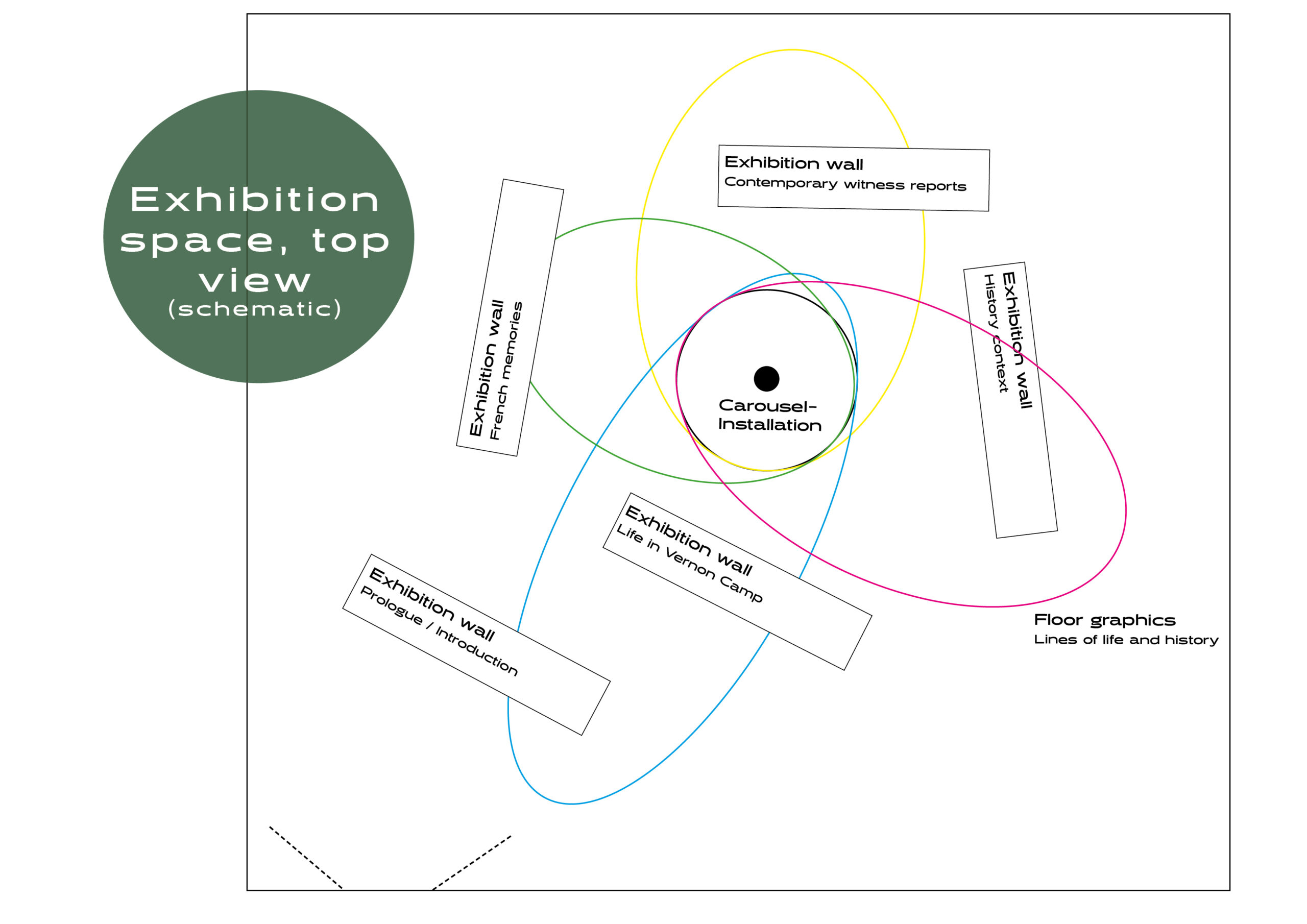 The existential experiences of death and survival, oppression and liberation, suffering and hope as well as destruction and reconstruction are inextricably linked to the Second World War and the post-war period. Contemporary witnesses, for example from Friedrichshafen on Lake Constance (Germany) or from Vernon in France as well as from the many other war-torn places in Europe, asked about their memories of the postwar period, mostly tell about identical everyday images. For example, about the surreal life in the rubble landscapes of the bombed-out cities, or about the painful hunger and meager meals as well as the seemingly never-ending winter cold. The gloomy reports are often brightened up with anecdotes of those hopeful moments that gave people new courage and confidence. For example, the return of surviving refugees and soldiers to their families, the children’s play with the few, often improvised toys, and the social contacts with the liberators, the soldiers of the Allied armies.
The existential experiences of death and survival, oppression and liberation, suffering and hope as well as destruction and reconstruction are inextricably linked to the Second World War and the post-war period. Contemporary witnesses, for example from Friedrichshafen on Lake Constance (Germany) or from Vernon in France as well as from the many other war-torn places in Europe, asked about their memories of the postwar period, mostly tell about identical everyday images. For example, about the surreal life in the rubble landscapes of the bombed-out cities, or about the painful hunger and meager meals as well as the seemingly never-ending winter cold. The gloomy reports are often brightened up with anecdotes of those hopeful moments that gave people new courage and confidence. For example, the return of surviving refugees and soldiers to their families, the children’s play with the few, often improvised toys, and the social contacts with the liberators, the soldiers of the Allied armies.
In the background of the walk-through installation, a large-format photo backdrop reinforces the effect of the carousel on the viewer and user. Iconic images depicting various events in contemporary history are presented here, creating another level of information and mediation. Finally, a floor graphic serves to present the historical context. The graphic is composed of several concentric circles that extend more or less widely around the carousel into the outer areas of the exhibition space. Here, the prehistory can be retraced and the reasons can be sketched why the „M Group,“ Karl Maybach and ultimately Maybach Motorenbau as a company were temporarily located in Vernon.
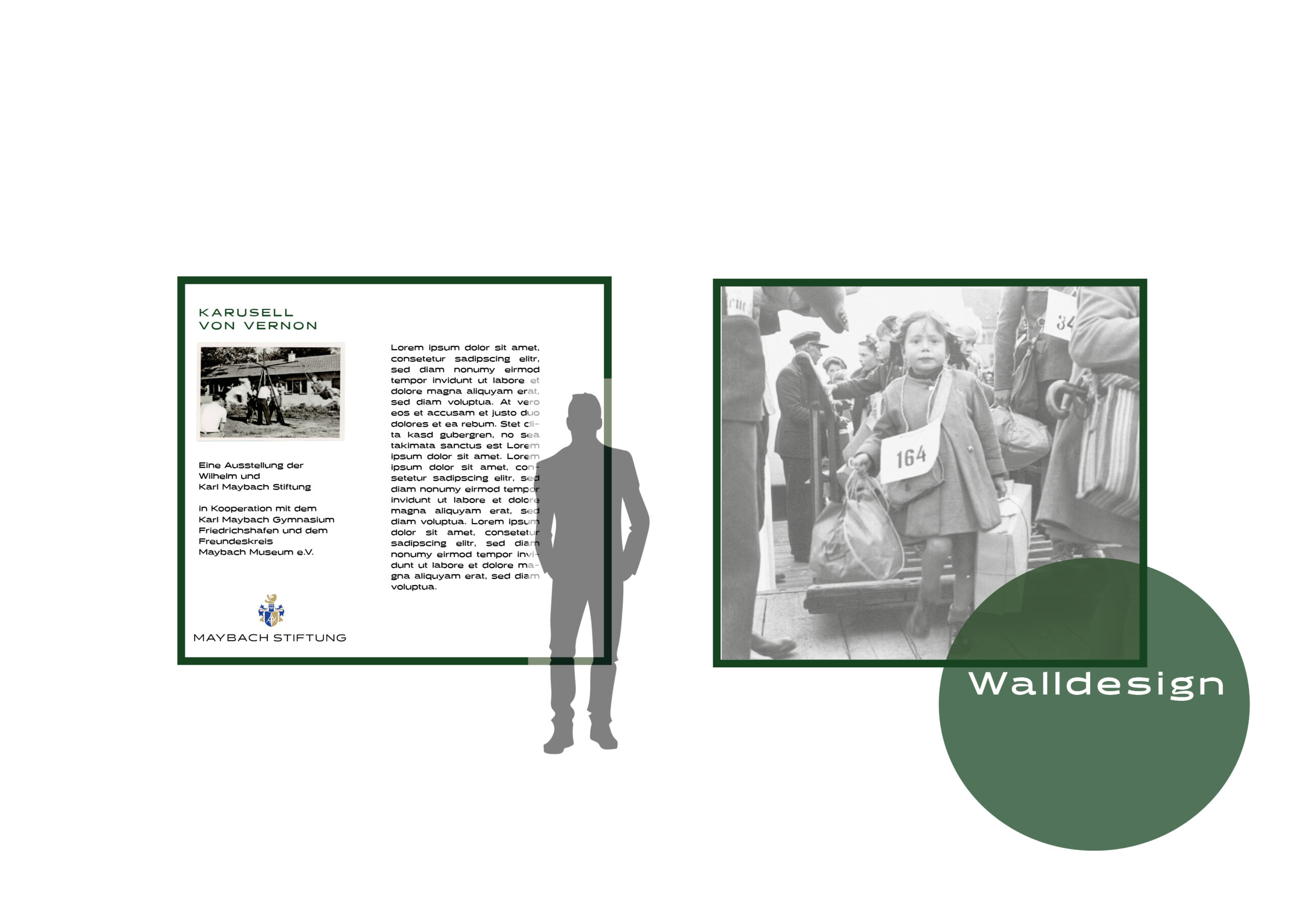
The conception, the contents and the structural realization of the exhibition will be developed and executed in various workshops together with students of the Karl Maybach Gymnasium. Accompanied by historians and history teachers, the historical background is discussed in detail, original sources and photographic material are viewed, and literature is studied extensively. The contemporary testimonies and materials come from the museum collections of the Freundeskreis Maybach Museum e.V., the Friedrichshafen municipal archives and other archives, as well as from private individuals associated with the Wilhelm and Karl Maybach Foundation. In further workshops, the carousel and the exhibition walls are to be built and the exhibition poster jointly designed. The aim is also to interview contemporary witnesses and to incorporate the expected research results into the exhibition presentation. Currently, the Wilhelm and Karl Maybach Foundation is looking for a suitable venue for the experimental exhibition. However, a first presentation date has already been set: on May 12, 2023, a model of the carousel as well as the exhibition poster will be presented together with students from the Karl Maybach Gymnasium at their own booth at the „7th Long Night of Technology and Innovation“ at the ZF Forum. The entire exhibition is then expected to be on display in Friedrichshafen on Lake Constance in the Fall of 2023.
As you can see, we have set our sights high in order to realize a lively, innovative and sustainable exhibition. So far, the exhibition has been supported by the Wilhelm and Karl Maybach Foundation and its partners, the Karl Maybach Gymnasium Friedrichshafen, the Freundeskreis Maybach Museum e.V., and „Potzblitz!“, a project of the Zeppelin Foundation Friedrichshafen and the city of Friedrichshafen.
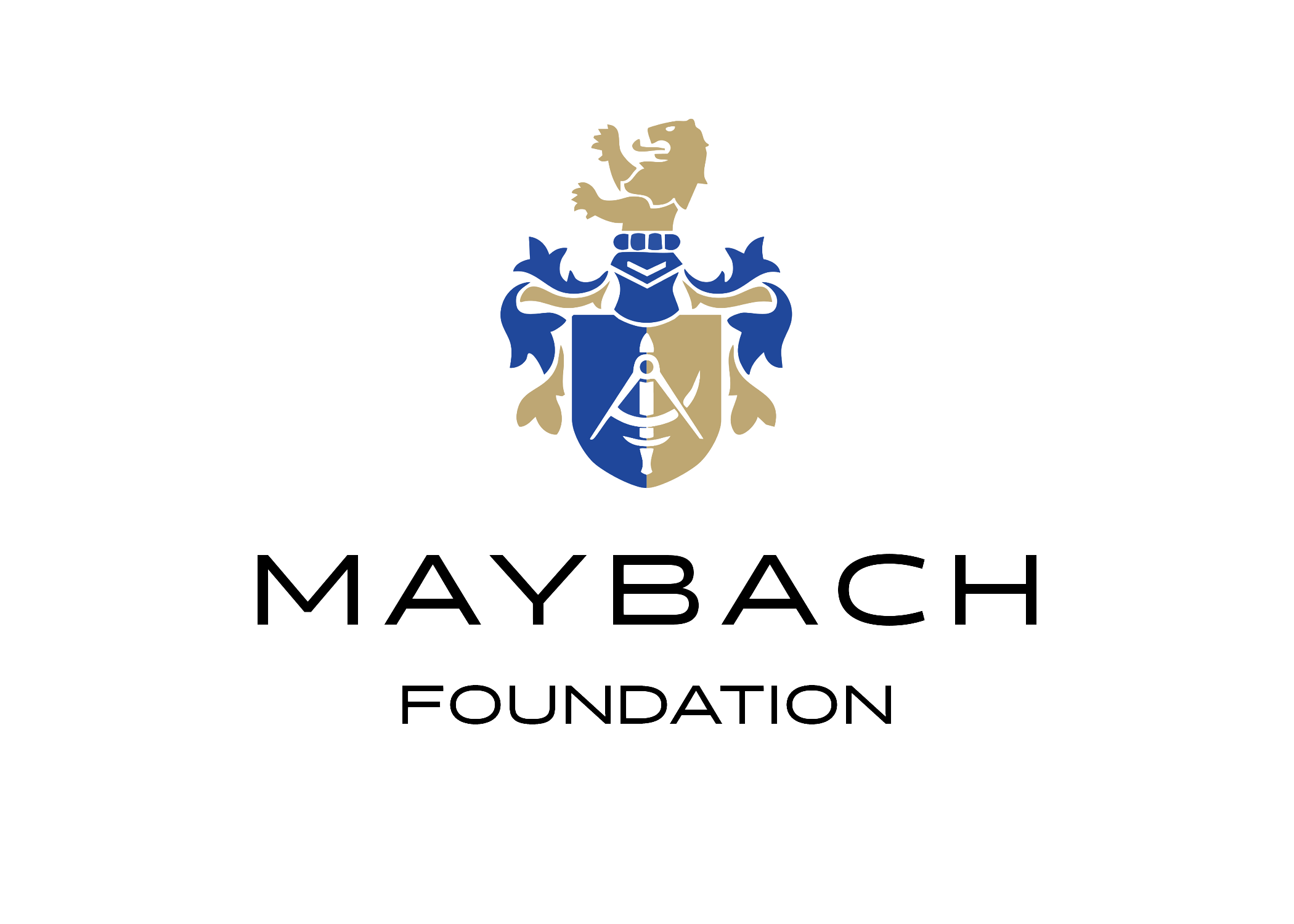
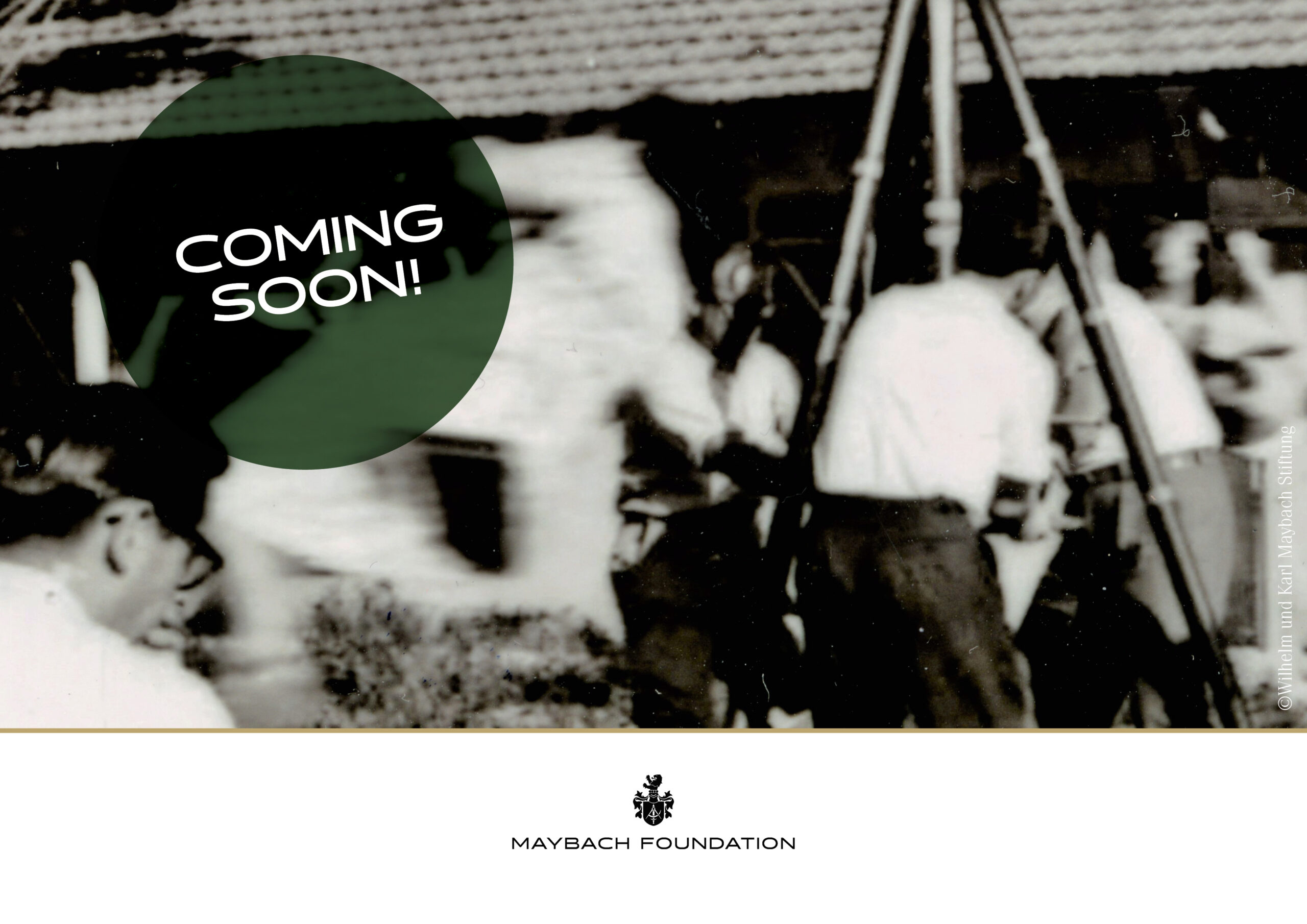
Leave a Reply